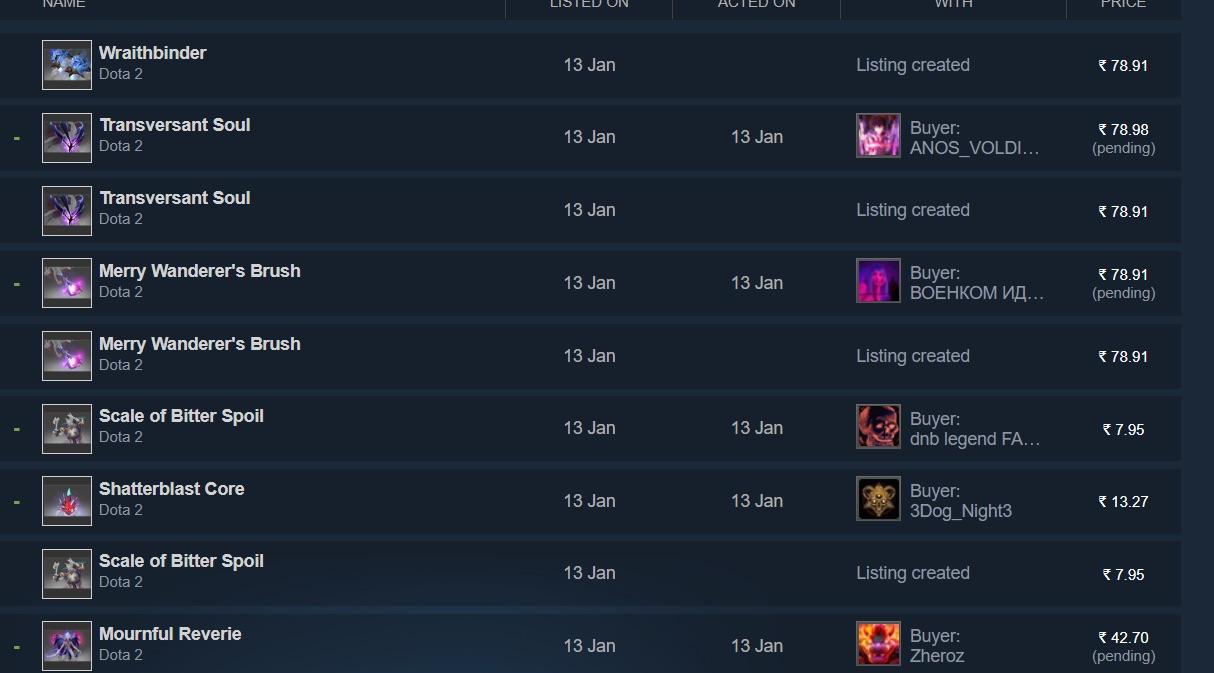The Growing Importance of Virtual Items in Dota 2
Dota 2 has long been recognized as more than just a competitive strategy game. Beyond its intense gameplay and global esports presence, it has fostered one of the most vibrant virtual economies in the gaming world. Skins, couriers, Immortal items, and exclusive cosmetics have become collectibles with real-world value, often worth far more than their in-game appearance might suggest.
For players, collectors, and traders alike, keeping track of Dota inventory value has become a vital part of the gaming experience. Whether your focus is personal satisfaction, long-term collection building, or trading for profit, understanding what your digital assets are worth helps you make informed decisions.
Why Tracking Inventory Value Matters
Owning a rich collection of Dota 2 items isn’t just about aesthetics—it’s also about digital ownership. Here’s why understanding inventory value is so important:
- Financial Insight: Some items appreciate over time, turning casual collections into valuable digital assets.
- Trade Awareness: Knowing what your items are worth helps avoid unfair trades or undervaluing your collection.
- Investment Perspective: Rare cosmetics often act like collectibles, rising in demand as they become harder to find.
- Community Reputation: A well-curated inventory often reflects dedication and can enhance how players are perceived within the Dota community.
Key Factors That Influence Dota Item Prices
Like any marketplace, the Dota 2 economy is dynamic. Item prices rise and fall based on several important factors:
1. Rarity and Supply
Items that are discontinued, event-exclusive, or tied to limited-time chests naturally carry higher value. Scarcity drives demand among collectors.
2. Hero Popularity
Skins for heroes frequently played in competitive matches or by popular streamers often gain higher demand. When a hero is featured in tournaments, related items typically see a surge in value.
3. Visual Appeal
Cosmetics with standout designs or unique effects are more desirable, leading to premium pricing compared to simpler skins.
4. Special Effects and Animations
Items like Immortal skins, which often include exclusive animations or effects, can be priced much higher than standard cosmetics.
5. Seasonal and Event Releases
Items introduced during major events, such as The International, often retain long-term value due to their exclusivity.
6. Community and Esports Influence
Professional players and content creators influence demand significantly. If a well-known player uses a rare skin, interest from fans can drive up prices.
Methods to Track Dota Inventory Value
Accurately monitoring your Dota collection helps ensure you stay updated with changes in the market. Here are common ways to do it:
- In-Game and Steam Market Checks: Browsing listings provides a sense of current market pricing.
- Online Value Trackers: Tools allow players to calculate the overall worth of their entire inventory instantly.
- Trend Monitoring: Following price movements over weeks or months highlights which items are appreciating.
- Price Alerts: Setting up alerts ensures you don’t miss sudden spikes or dips in item value.
By combining these approaches, players can maintain awareness of their inventory’s performance within the ever-changing marketplace.
Trading and Selling Strategies
Understanding inventory value is only the first step. Knowing how to use that information strategically can help players maximize both enjoyment and potential profit.
Long-Term Collecting
Holding onto rare and discontinued items often results in long-term appreciation, much like traditional collectibles.
Active Trading
Some players prefer to buy undervalued items and resell them quickly, taking advantage of short-term price fluctuations.
Portfolio Diversification
Maintaining a mix of rare, high-value items and easily tradable cosmetics gives flexibility—both for profit and for gameplay aesthetics.
Risks in the Dota 2 Marketplace
As with any digital economy, there are challenges and risks players should be mindful of:
- Volatile Prices: Market values can change quickly due to updates, hero rebalancing, or new releases.
- Scams and Fraud: Trading outside official systems exposes players to the risk of losing items.
- Overhyped Items: Some cosmetics may temporarily inflate in price due to community buzz but lose value later.
- Emotional Attachment: Overvaluing items due to personal connection can distort true market evaluation.
Being aware of these risks helps ensure a balanced and informed approach to trading.
Dota Inventories as Digital Assets
The evolution of gaming has transformed inventories into more than collections—they now represent forms of digital ownership. For many players, a Dota 2 inventory is similar to a portfolio, with items holding both personal and financial significance.
As digital economies continue to expand, these inventories highlight a broader trend: virtual assets are increasingly recognized as valuable property in their own right.
The Future of Dota Inventory Value
Looking ahead, the Dota 2 economy shows no sign of slowing down. New releases, continued esports popularity, and community-driven demand will shape the value of items for years to come. Older, rarer cosmetics will likely continue to appreciate, while new items will create fresh opportunities for collectors and traders.
The key lies in staying informed—players who monitor their collections closely and understand the market dynamics will remain ahead in this evolving digital landscape.
Conclusion
Dota 2 is more than a game—it’s an economy built around digital ownership and unique collectibles. Knowing your Dota inventory value empowers you to make smarter decisions, whether that’s holding rare items, trading for profit, or simply appreciating the true worth of your collection.
By tracking prices, understanding market trends, and approaching trading strategically, players can ensure their inventory is both enjoyable and financially rewarding. In today’s digital era, a carefully managed Dota 2 inventory is not just a showcase of style—it is a valuable asset in the growing world of virtual economies.





